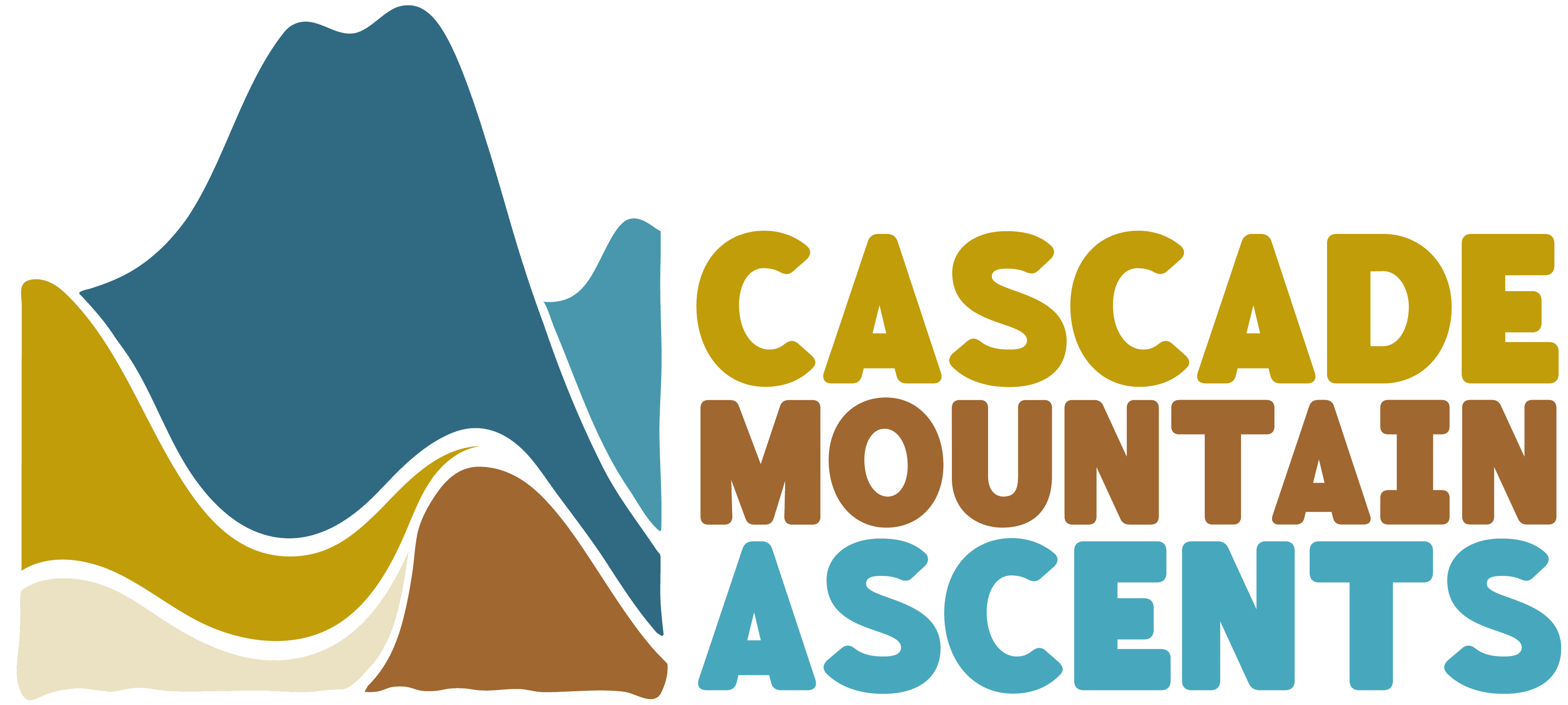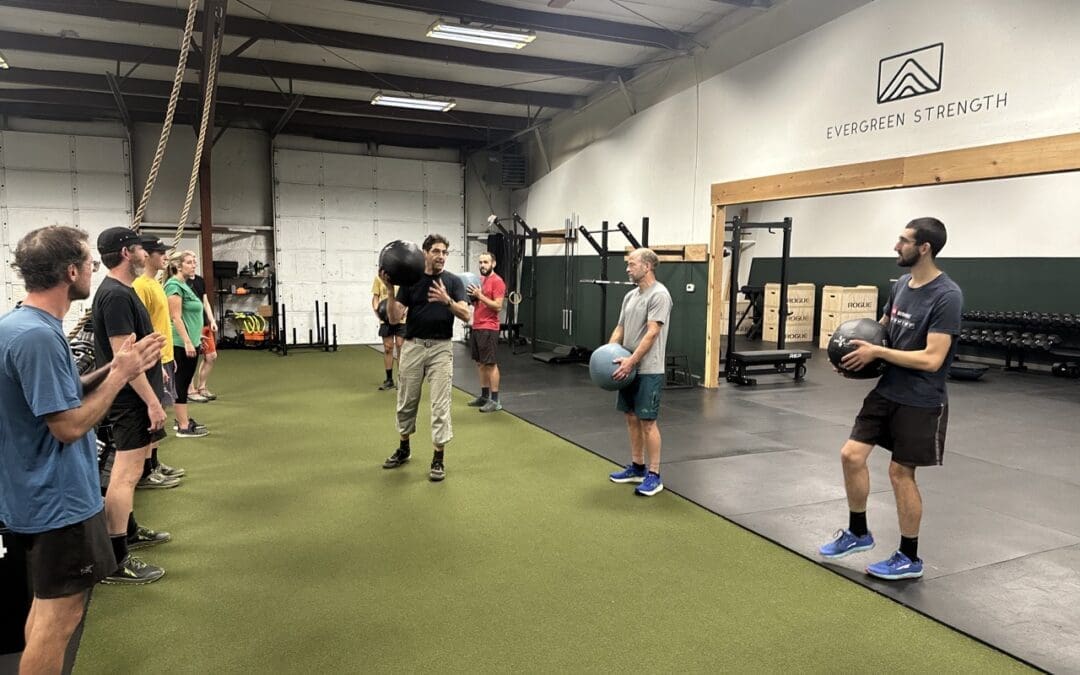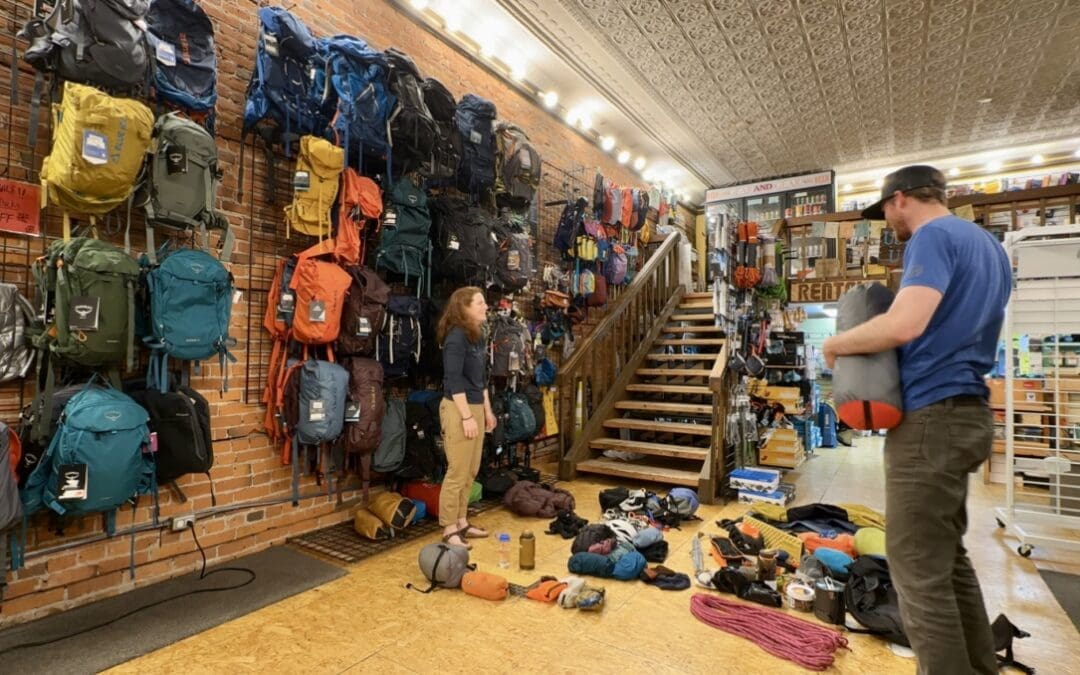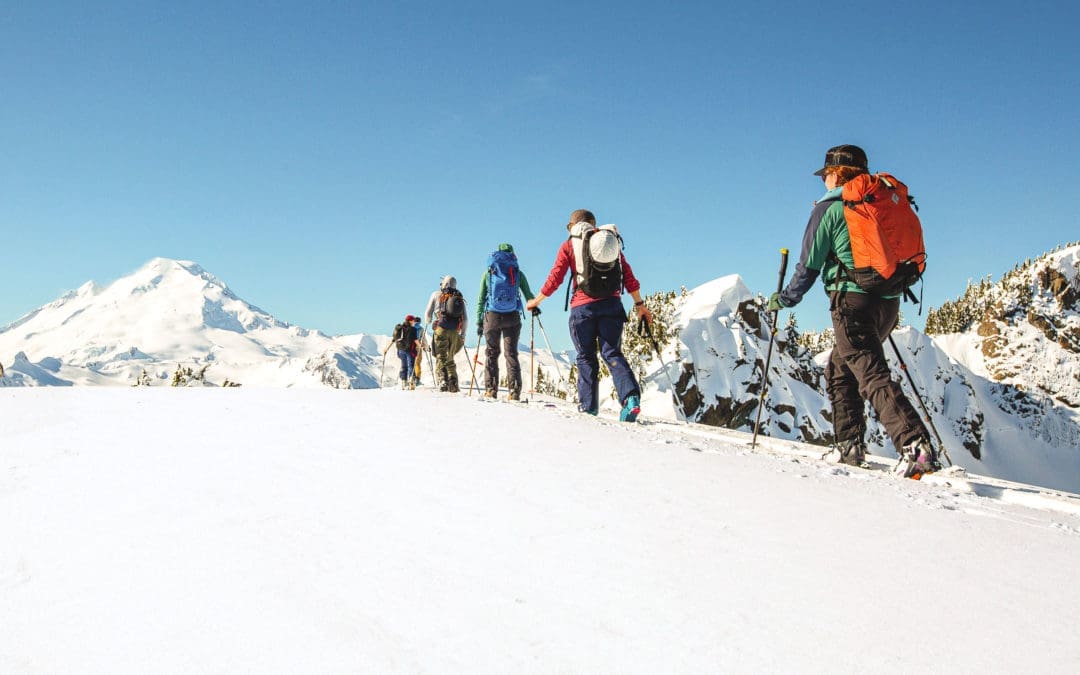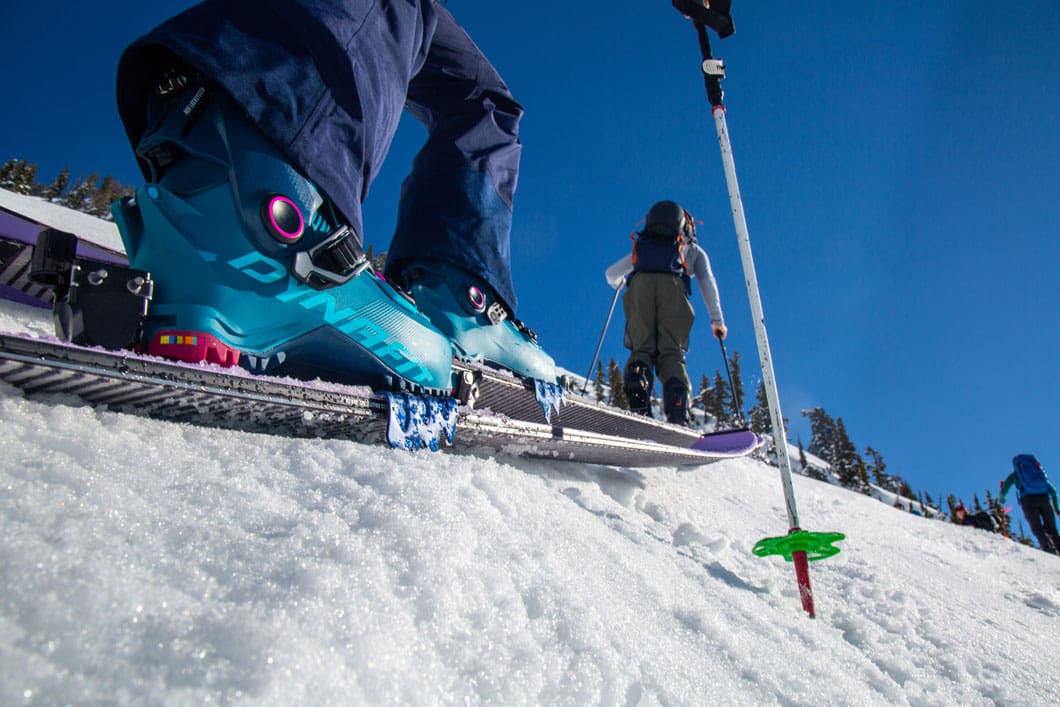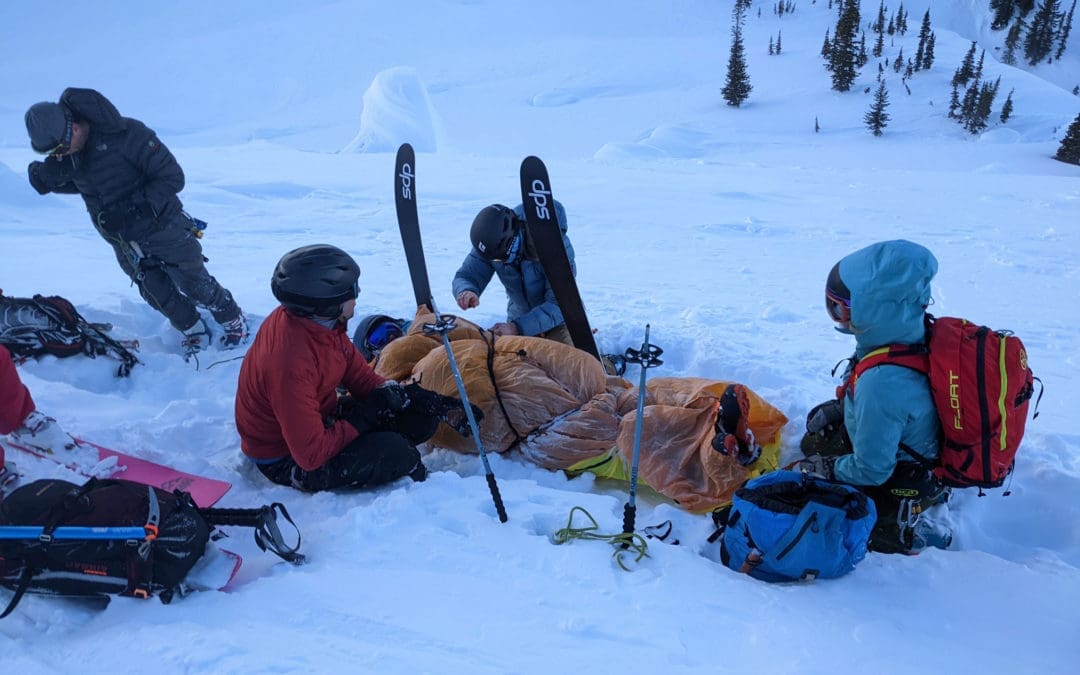The Nine Avalanche Problems Explained
By: Zack McGill
As you probably know, not all avalanches are the same. They vary in size and destructive potential and even where and how they initiate is nuanced. This post teaches you about the nine different Avalanche Problems you could encounter in North America any given day while out in the backcountry. There are some other avalanche problems you can get into in other parts of the world, but for the purposes of this post, we’ll keep it simple.
To get the most out of this post, you should first have a basic understanding of the North American Avalanche Danger Scale.
Avalanche Problems are defined by four major elements, the Avalanche Character, Location the avalanche can be found in terrain, the Likelihood of triggering, and the Size.
Avalanche Character
In order to communicate the distinct personalities of avalanches, experts identified nine distinct problem types in North America. If you know which avalanche problem you want to learn about, simply click the link for it below the graphic.
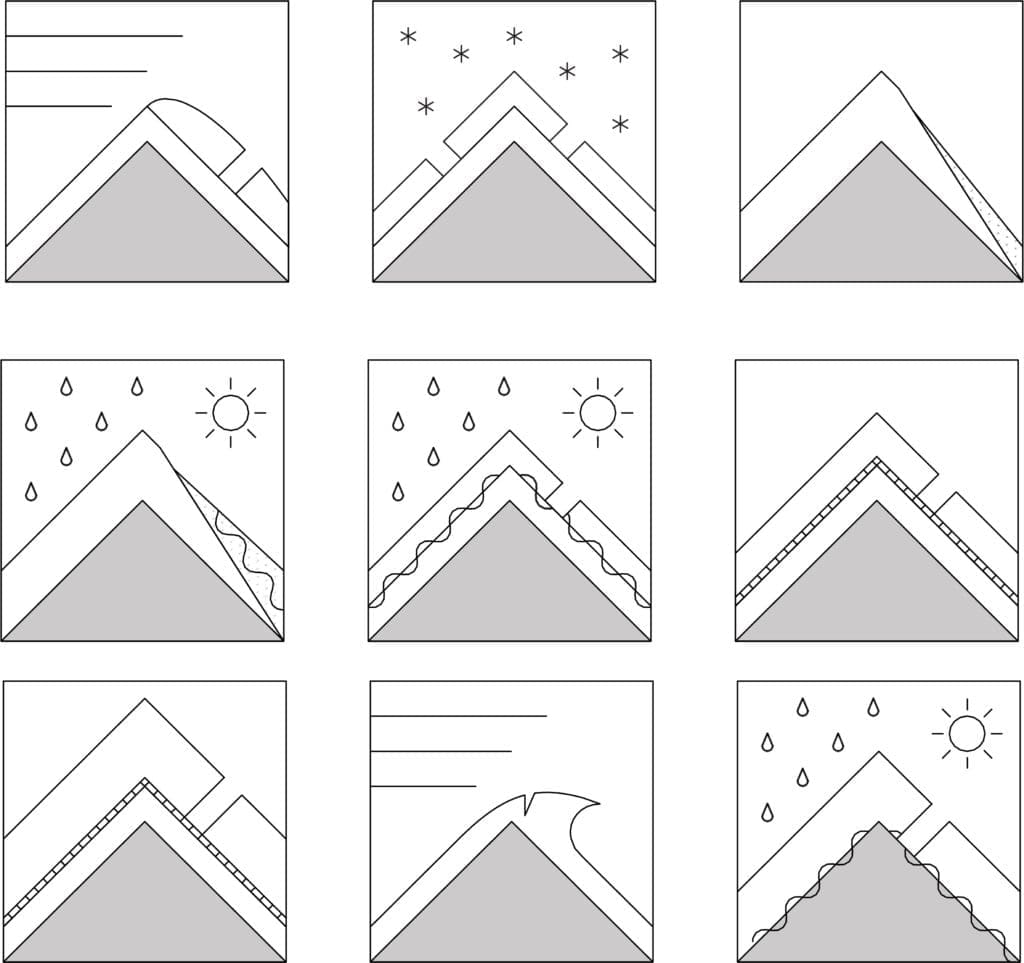
Loose Dry | Loose Wet | Wind Slab | Storm Slab | Persistent Slab | Deep Persistent Slab | Wet Slab | Glide | Cornice Fall
Though there are nine distinct avalanche problems, they can most simply be divided into two camps: Loose Snow and Slab Avalanches.
Loose Snow Avalanche
Loose snow avalanches are just that… loose! It’s snow at the surface of the snowpack that hasn’t bonded with its neighbors yet. They:
- Are Loose, Unconsolidated Snow.
- Start at a point. “Point Release”
- Often form a fan shape.
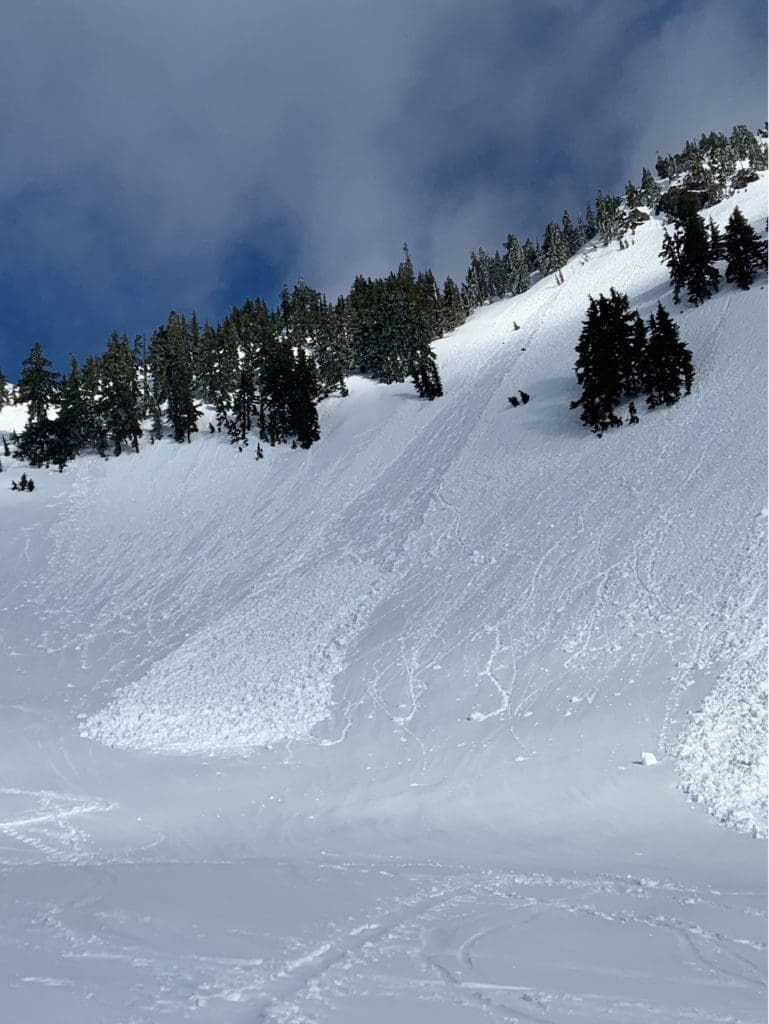
The two types of loose snow avalanches are Loose Dry and Loose Wet.
Slab Avalanches
Slab avalanches are different from Loose snow avalanches in that they:
- Are a unit of Cohesive snow.
- Fracture and separate from the surrounding snow.
- Break into smaller chunks as the unit moves down hill.
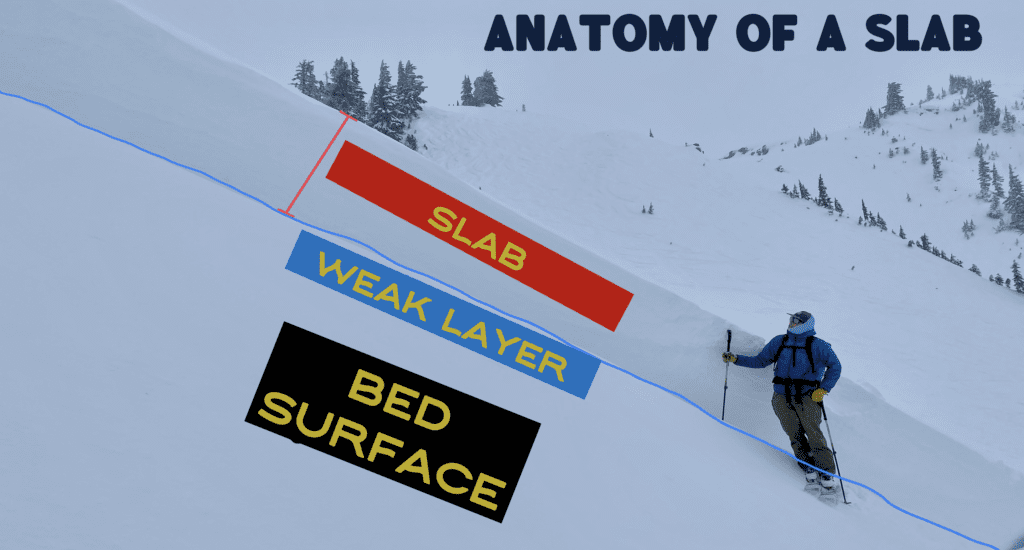
Slab avalanches are often more destructive and more difficult to predict than loose snow avalanches. The six types of slab avalanches are: Wind Slab, Storm Slab, Persistent Slab, Deep Persistent Slab, Wet Slab, and Glide
Loose Dry Avalanches
Loose Dry avalanches are the release of dry, unconsolidated snow (AKA POW) and typically occur within layers of soft snow near the surface of the snowpack. Most of the time, you’re pretty psyched to see loose dry avalanches because that means there’s a lot of NEW, COLD SNOW! These avalanches start at a point and entrain additional snow as they move downhill, typically forming a fan-shaped avalanche.
Other common names for loose dry avalanches include “point-release” avalanches or “sluffs.” If there are deeper weak layers buried in the snowpack, loose dry avalanches can be the trigger for slab avalanches that break into those deeper snow layers. The video below details some common characteristics of Loose Dry Avalanches.
Loose Wet Avalanches
Wet Loose avalanches are different from loose dry avalanches in that they… you guessed it… are WET! They are the release of wet, unconsolidated snow or slush. These avalanches typically occur within layers of wet snow near the surface of the snowpack, but they may gouge into lower snowpack layers. Like Loose Dry Avalanches, they start at a point and entrain snow in a fan shape as they move downhill. Other names for loose wet avalanches include point-release avalanches.
If there are deeper weak layers buried in the snowpack, loose Wet avalanches can be the trigger for slab avalanches that break into those deeper snow layers.
Wind Slab Avalanche
Wind Slab avalanches are the release of a cohesive layer of snow (a slab) formed by the mechanical compaction of snow grains by the wind. To understand mechanical compaction, think about how you form a snowball with loose, cold snow. You have to pack it together a lot to get it to stick together right? The wind is quite good at mechanical compaction.
In the graphic above, the wind typically transports snow from the windward side (direction wind is blowing from) of terrain features and deposits snow on the leeward (sheltered) side. Often, wind slabs are smooth and rounded and sometimes can sound hollow. They’re tricky because they can range from soft to hard and can be hidden from view under new snow.
Wind slabs that form over a persistent weak layer (surface hoar, depth hoar, or near-surface facets) may be termed Persistent Slabs or may develop into Persistent Slabs.
Storm Slab Avalanche
Storm Slab avalanches are the release of a cohesive slab of NEW snow that breaks within new snow or on the old snow surface.
To understand them, think about sitting in a hot tub with a bunch of your friends. You’re all getting along having a good time until a big, incredibly loud group of people you don’t know arrives to share the tub. At first, you’re like “who they heck are these people ruining our hot tub experience?” You don’t know these people. You don’t bond initially. Fights (avalanches) can ensue. In short order though, you realize that you share similar characteristics and properties and begin to bond with the newcomers. All is well again.
The snowpack, just like you sitting in the hot tub with your friends, doesn’t like rapid change. If only one person showed up to share the tub, that would probably be fine, but a group of ten? There’s too many people! The tub is overflowing! Avalanche! Good news is, storm slab avalanches are typically short lived. They usually last between 24-48 hours after snowfall and then the new snow will make friends (bond) with the old snow surface.
Similar to wind slabs, if storm-slabs that form over a persistent weak layer (surface hoar, depth hoar, or near-surface facets) may be termed Persistent Slabs or may develop into Persistent Slabs.
Persistent Slab Avalanche
Of all the avalanche problems, these avalanches are the number one killer of humans! Persistent Slab avalanches are the release of a slab in the middle to upper snowpack (less than a meter deep) when the bond to an underlying persistent weak layer breaks.
These are so often the culprit in human triggered avalanches because the weak layers are impossible to see! Unless you dig down into the snow, you won’t know if the layer is there or not. Also, since these layers exist in the mid to upper snowpack, they are easier for riders to trigger them with just their weight.
Common persistent layers include surface hoar, depth hoar, near-surface facets, graupel, or faceted snow. These layers PERSIST and can continue to produce avalanches for days, weeks or even months, making them especially dangerous and tricky. As additional snow and wind events build a thicker slab on top of the persistent weak layer, this avalanche problem may develop into a Deep Persistent Slab.
Deep Persistent Slab Avalanche
These avalanches produce MASSIVE, UNSURVIVABLE avalanches. Deep Persistent Slab avalanches are the release of a thick hard slab when the bond breaks between the slab and an underlying persistent weak layer deep (over a meter down) in the snowpack. The most common persistent weak layers involved in deep, persistent slabs are depth hoar or facets surrounding a deeply buried crust that acts as a slick bed surface. Deep Persistent Slabs, being so deep in the snowpack, are typically hard to trigger. Explosives, for instance, are typically needed to mitigate them. Once triggered, they are incredibly destructive due to the large mass of snow involved.
Similar to persistent slab avalanches, they can persist for months once developed and are often triggered from areas where the snow is shallow and weak. Deep Persistent Slabs are the most difficult problems to forecast for and manage.
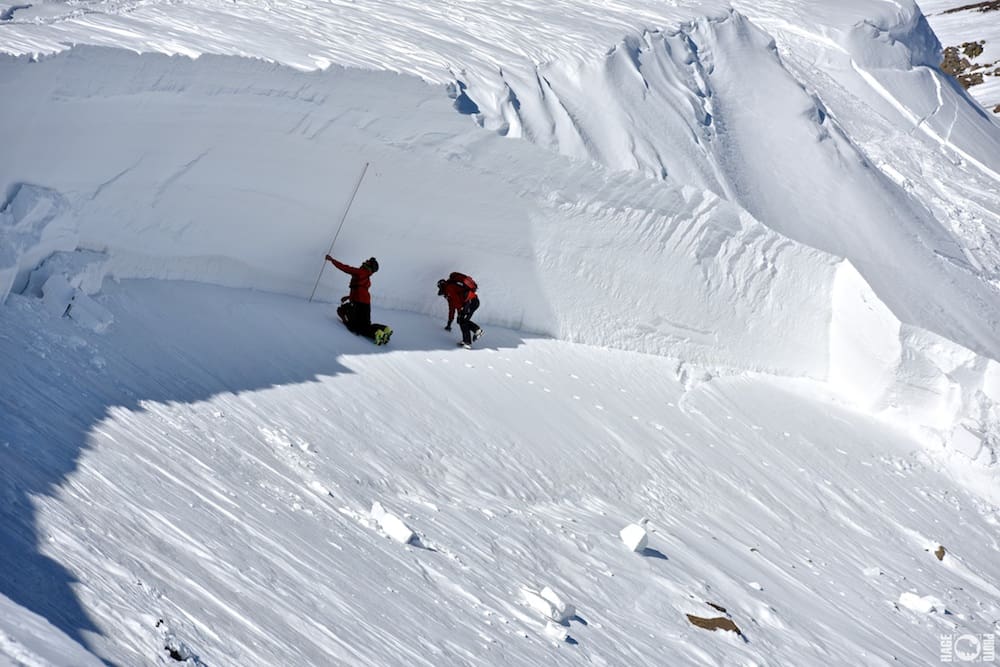
Take Note: The main difference between a persistent slab and deep persistent slab is depth. Deep Slabs break on a layer over a meter down in the snowpack. Because of the difficulty in triggering and larger consequence of a deep slab, they are broken out as separate problems.
Wet Slab Avalanche
Wet Slab avalanches, most simply, are the release of a slab that is generally moist or wet. They occur when the flow of liquid water weakens the bond between the slab and the surface below. They often occur during prolonged warming events and/or rain-on-snow events. Wet Slabs can be quite unpredictable and destructive.
Glide Avalanche
Glide Avalanches are the release of the entire snow cover as a result of gliding over the ground. They can be composed of wet, moist, or almost entirely dry snow. Typically, they occur in very specific paths, where the slope is steep enough and the ground surface is relatively smooth. They are often preceded by glide cracks (“the brown frown”). The time between the appearance of a glide crack and an avalanche can vary between seconds and months. Glide avalanches are unlikely to be triggered by a person, so they are nearly impossible to forecast. Similar to Deep Persistent Slabs, they pose a hazard that is extremely difficult to manage.
Cornice Fall Avalanche
Cornice Fall is the release of an overhanging mass of snow. Cornices form as the wind moves snow over a sharp terrain feature (like a ridge) and deposits snow on the downwind (leeward) side. They range in size from small wind drifts of soft snow to large overhangs of hard snow that are 30 feet (10 meters) or taller, and can break off the terrain suddenly. Often, they pull back onto the ridge top and catch people by surprise even on the flat ground above the slope. Even small cornices can have enough mass to be destructive and deadly. Cornice Fall can entrain loose surface snow or trigger slab avalanches.

Location
Where avalanches can be found is broken out into three elevation bands: Lower Elevations (Below Tree Line), Middle Elevations (Near Treeline), or Upper Elevations (Above Treeline). From there, it can get more specific as Aspects (N-S-E-W) can also be conveyed.
Lower Elevations (sometimes called Below Treeline (BTL)) are the elevation band of a mountain or range that is covered by forest. From its upper to lower limits, it often covers the greatest area and the greatest variation in snowpack conditions of any elevation band. These areas usually see less sun, wind, cold, and precipitation than higher elevation bands.
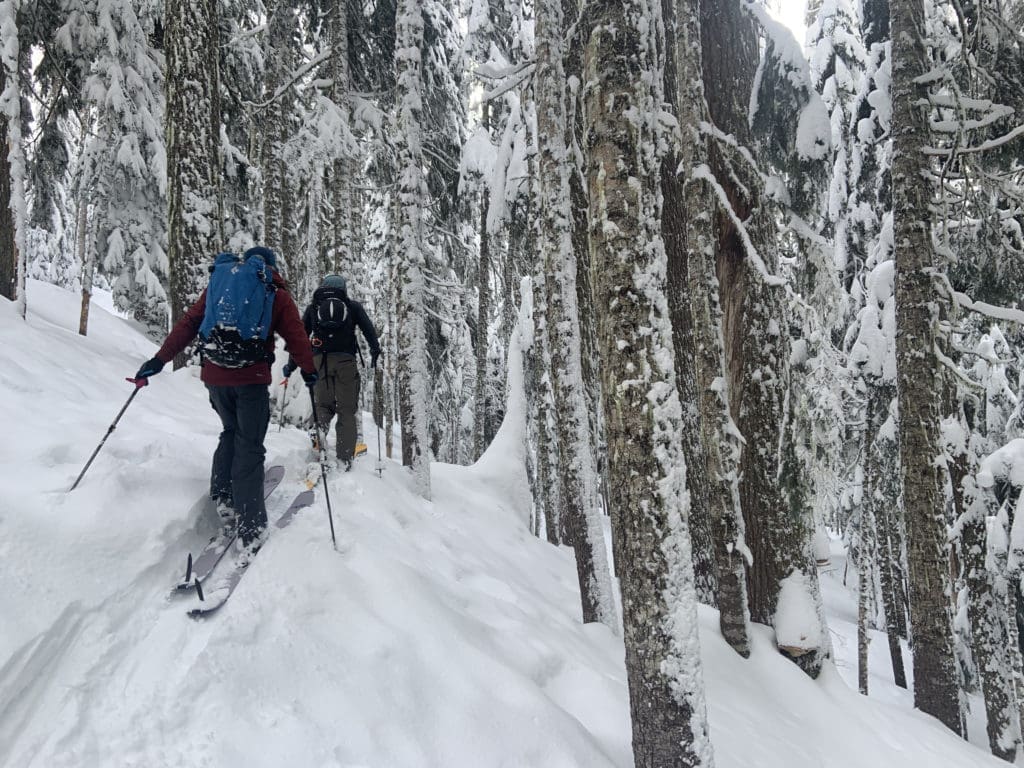
Middle Elevations (Sometimes called Near Treeline (NTL)) elevation is characterized by sparse forest cover and is the transition between uniform forest cover below it and the alpine above it. These areas are distinct for sharing features of both alpine and lower elevations. Exposure to sun, wind, cold, and precipitation is generally less here than in the alpine but greater than at lower elevations.
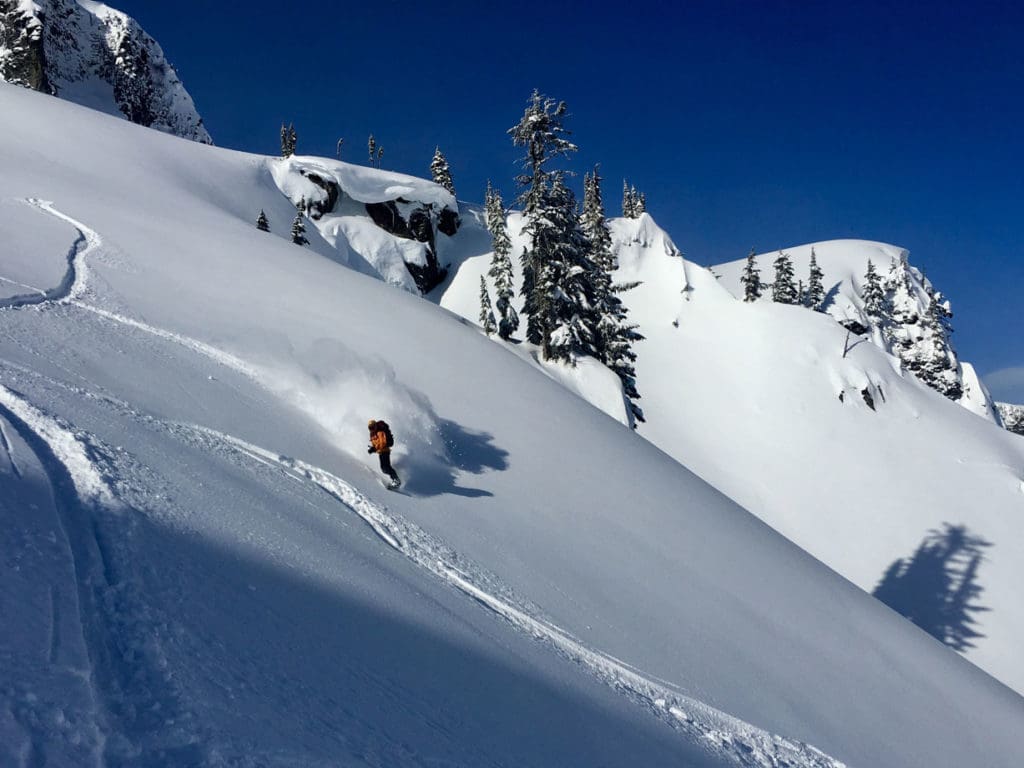
Upper Elevations (sometimes called Above Treeline (ATL)) consists of wide expanses of open, exposed terrain with few or no trees. Where it exists, it is the highest elevation band of a mountain or range. Not all mountains have above treeline terrain, but it may be the dominant terrain in other mountains or ranges. This elevation is usually the most exposed to sun, wind, cold, and precipitation.
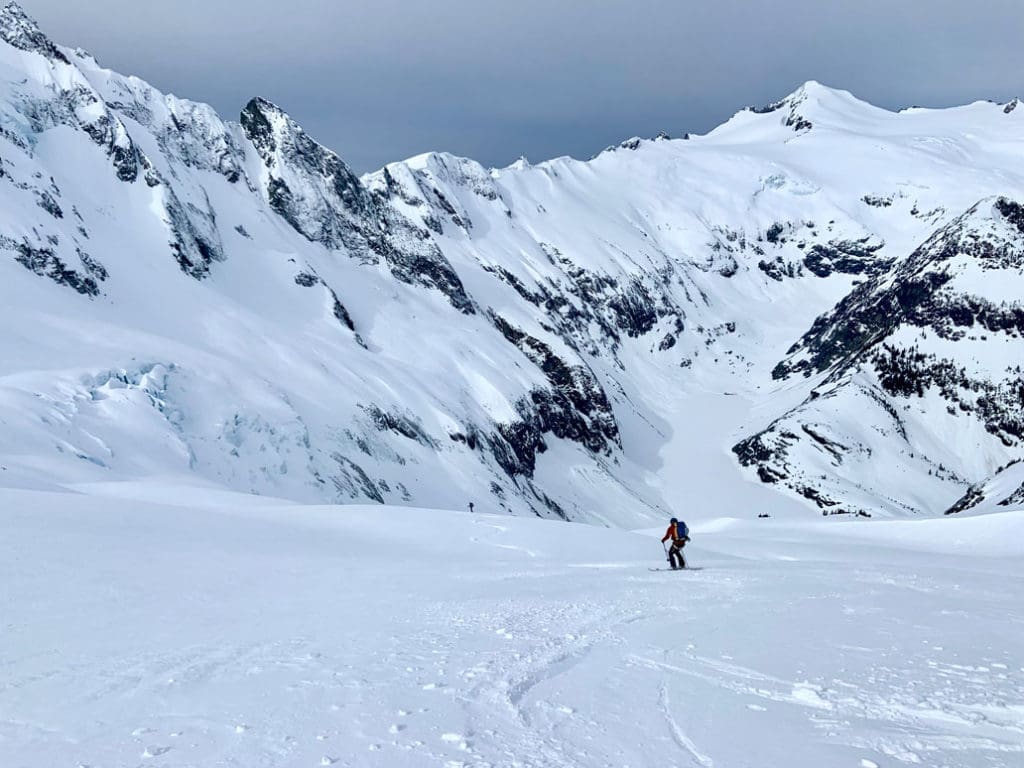
The lower extent of the alpine elevation band is highly variable. It transitions to the middle elevation band where vegetation, especially trees, overcomes the more open and rocky terrain of the alpine.
Likelihood
Likelihood is a description of the chance of encountering a particular Avalanche Problem. It combines the spatial distribution of the Problem and the sensitivity or ease of triggering an avalanche. The spatial distribution indicates how likely you are to encounter the Problem in the highlighted avalanche terrain. The sensitivity indicates how easy it is to trigger avalanches including both natural and human triggered avalanches.
Likelihood is broken down into five categories with Unlikely at the bottom and Almost Certain at the top. In between is Possible, Likely, and Very Likely.
Size
Size is based on the destructive potential of avalanches.
SMALL (D1) avalanches are relatively harmless to people unless they push you into a terrain trap.
LARGE (D2) avalanches could bury, injure or kill a person.
VERY LARGE (D3) avalanches could bury cars, destroy a house, or break trees.
HISTORIC (D4-5) avalanches are even more destructive, and nearing the maximum size the slope could produce.
To Summarize…
The video below does a good job of putting everything together into the bigger picture. Understanding the nuance of where these different avalanche problems live in terrain on any given day takes lots of practice. Take an Avalanche Course to learn more about avalanches and how to avoid them. You can also check out The Backcountry Skiing and Riding Guide for more resources.
